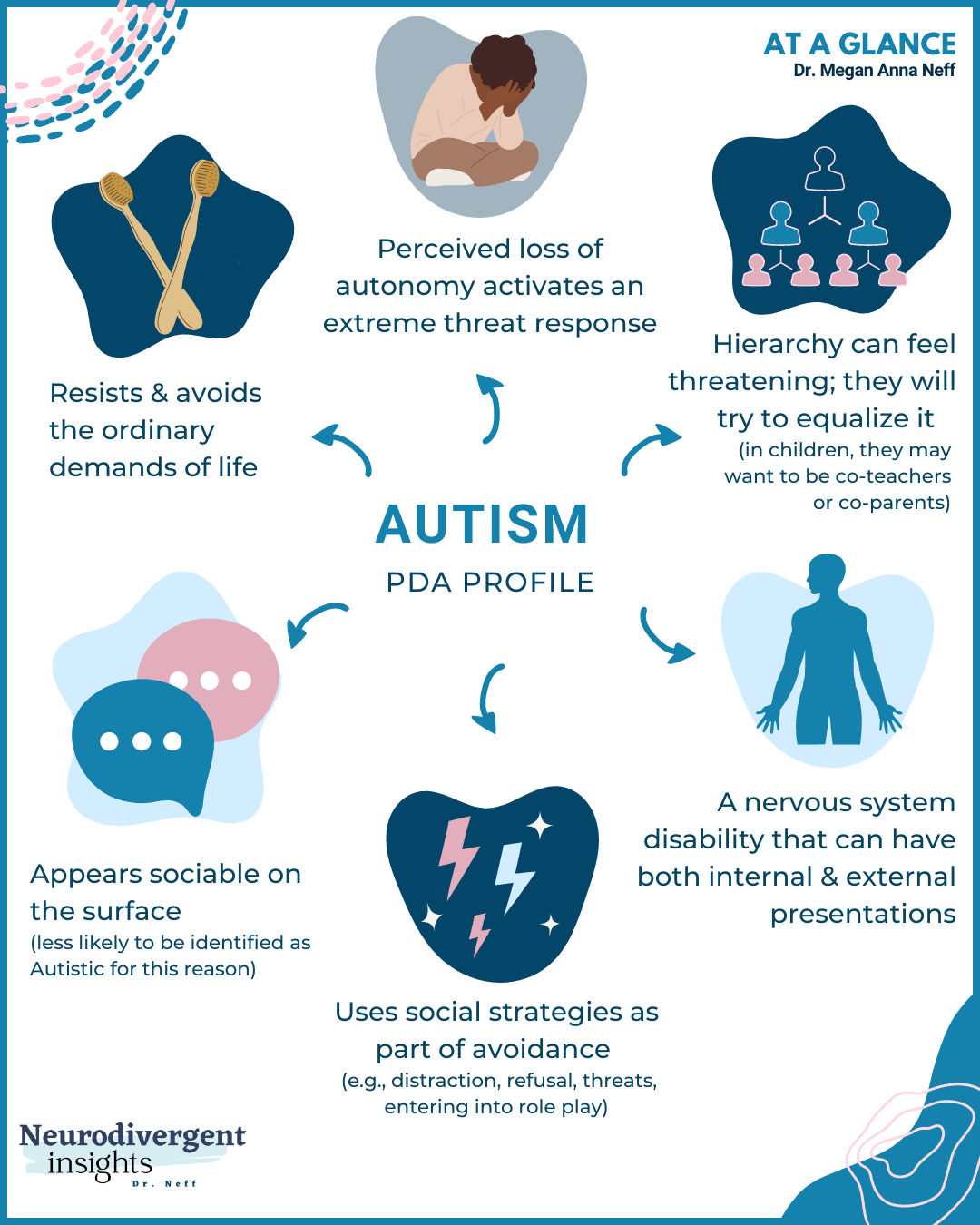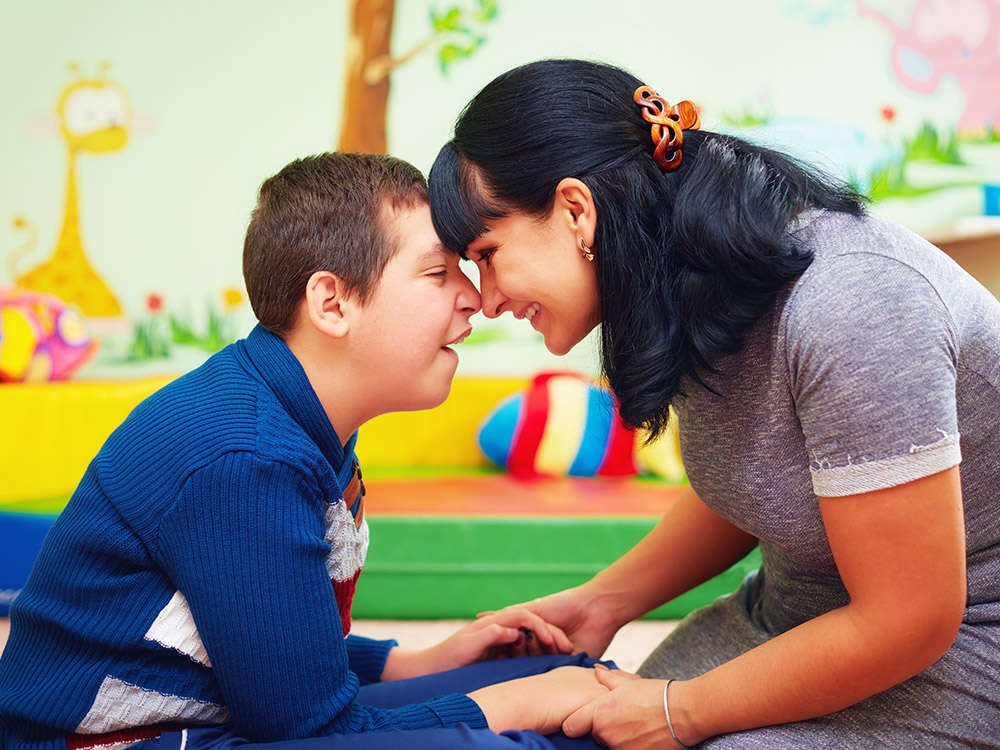The Duty of Education And Learning in Sustaining Pupils with Autism: Best Practices
The Duty of Education And Learning in Sustaining Pupils with Autism: Best Practices
Blog Article
Recognizing Autism: A Comprehensive Overview to Signs and signs
Autism Spectrum Condition (ASD) encompasses a vast variety of characteristics that can substantially impact a person's social interactions and day-to-day functioning. Acknowledging the signs and signs, such as challenges with eye get in touch with, social interaction problems, and sensory level of sensitivities, is important for very early intervention. Understanding these nuances not just help caregivers and educators in providing proper assistance yet likewise cultivates a much more comprehensive environment for individuals with ASD. As we explore the complexities of autism, it becomes crucial to think about just how these signs manifest in different ways throughout the spectrum and what ramifications they hold for efficient treatment strategies.
Review of Autism Range Problem
Specifying Autism Range Condition (ASD) includes acknowledging it as a complicated neurodevelopmental condition characterized by a variety of challenges in social interaction, communication, and behavioral patterns. The term "range" mirrors the vast irregularity in signs and their intensity, which can differ considerably from one individual to another. ASD generally manifests in early childhood years, although some people might not get a diagnosis till later on in life.
Aspects influencing the development of ASD consist of hereditary tendencies and environmental elements, although the exact reasons stay under investigation. Diagnosis often counts on behavior assessments, as there are no clear-cut clinical tests for ASD. Early treatment is vital and can substantially improve end results, concentrating on enhancing interaction abilities, social interactions, and adaptive actions.
Individuals with ASD may additionally display unique toughness, such as exceptional focus to detail or specific locations of competence. Understanding the complex nature of ASD is vital for fostering a comprehensive atmosphere that accommodates neurodiversity. Proceeded research study is important for creating efficient treatments and support group, allowing people with ASD to thrive and meet their potential within society.
Usual Signs of Autism
Identifying the common indications of Autism Range Disorder (ASD) is important for very early recognition and intervention. These indications can differ extensively in seriousness and discussion, yet certain attributes are regularly observed in individuals with ASD.
One of one of the most widespread signs is a marked problem in maintaining and establishing eye get in touch with. People might additionally exhibit limited rate of interest in social communications and reveal a choice for singular play. Repetitive behaviors, such as hand-flapping, rocking, or spinning items, usually arise early in childhood. Additionally, some children may establish stringent regimens and end up being troubled if these regimens are interrupted.
Sensory sensitivities are likewise typical; individuals may overreact or underreact to sensory stimulations, such as lights, sounds, or textures. autism. Language development can be atypical, with some kids displaying postponed speech or utilizing language in uncommon ways, including echolalia-- duplicating phrases or sentences heard in other places
It is vital to keep in mind that not every individual with ASD will show all these indicators, and the degree of these actions can vary dramatically. Early recognition enables prompt assistance and sources, improving the top quality of life for those on the range.
Social Communication Challenges
Social interaction difficulties are a hallmark of Autism Spectrum Disorder (ASD), influencing an individual's ability to involve efficiently with others. These troubles can materialize in various methods, including difficulties in initiating and keeping conversations, recognizing social hints, and reacting appropriately in social communications.
Individuals with ASD might have problem with nonverbal interaction, such as eye contact, faces, and body language. This can cause misunderstandings, as their communicative intent might not be appropriately translated by others. In addition, they may locate it tough to comprehend the nuances of tone and context, which are necessary for effective interaction.
In group settings, people with ASD might feel overwhelmed and might not recognize how to join in discussions (autism). They could also display irregular conversational patterns, such as monologuing concerning specific rate of interests without identifying social reciprocity
Moreover, these challenges can lead to social seclusion or troubles in creating relationships, as peers may misinterpret their habits or interaction design. Recognizing these social interaction challenges is essential for promoting helpful atmospheres that advertise social abilities growth and boost the top quality of communications for people on the autism range.
Sensory Responses and sensitivities
Numerous individuals with Autism Spectrum Disorder (ASD) experience heightened sensory sensitivities that can considerably affect their everyday lives. These sensitivities may manifest as over-responsiveness or under-responsiveness to sensory stimuli, including sounds, lights, textures, tastes, and smells. As an example, an individual with ASD might discover daily noises, such as my review here a vacuum cleaner or crowded environments, overwhelmingly upsetting, resulting in stress and anxiety or disasters. Conversely, some might display an indifference to pain or extreme temperature levels, which can present safety and security worries.
Sensory processing distinctions in individuals with ASD can additionally impact their ability to take part in social interactions and regular activities. A kid who is delicate to touch may withstand physical love or prevent certain garments fabrics. Conversely, a preference for sure textures or tastes can restrict nutritional choices and develop challenges throughout browse around here mealtimes.
Comprehending these sensory level of sensitivities is crucial for recognizing the distinct experiences of individuals with ASD. Understanding of their sensory accounts can cultivate far better interaction and support strategies, creating an environment that fits their requirements and improves their high quality of life. Eventually, recognizing sensory level of sensitivities is a critical component of comprehending the more comprehensive spectrum of autism.

Sustaining Individuals With Autism
Efficient assistance for people with Autism Spectrum Condition (ASD) is critical for enhancing their general wellness and cultivating self-reliance. Assistance strategies ought to be customized to fulfill the unique requirements of each individual, considering their challenges and strengths.

Social abilities training can also play a critical function. autism. Involving people in team tasks or role-playing circumstances can boost their ability to navigate social interactions. Additionally, it is necessary to inform relative, caretakers, and peers concerning ASD to foster a supportive and inclusive community
Conclusion
By fostering improved interaction and social skills, individuals with autism can browse their atmospheres much read more successfully. Inevitably, boosted awareness and assistance can substantially improve the quality of life for those influenced by ASD.
Autism Spectrum Disorder (ASD) encompasses a wide array of qualities that can substantially affect a person's social communications and daily performance.Individuals with ASD might struggle with nonverbal interaction, such as eye contact, face expressions, and body language.Many people with Autism Spectrum Condition (ASD) experience heightened sensory sensitivities that can significantly influence their everyday lives.Sensory handling differences in people with ASD can also impact their capacity to engage in social communications and routine activities.Recognizing these sensory sensitivities is crucial for recognizing the unique experiences of people with ASD.
Report this page